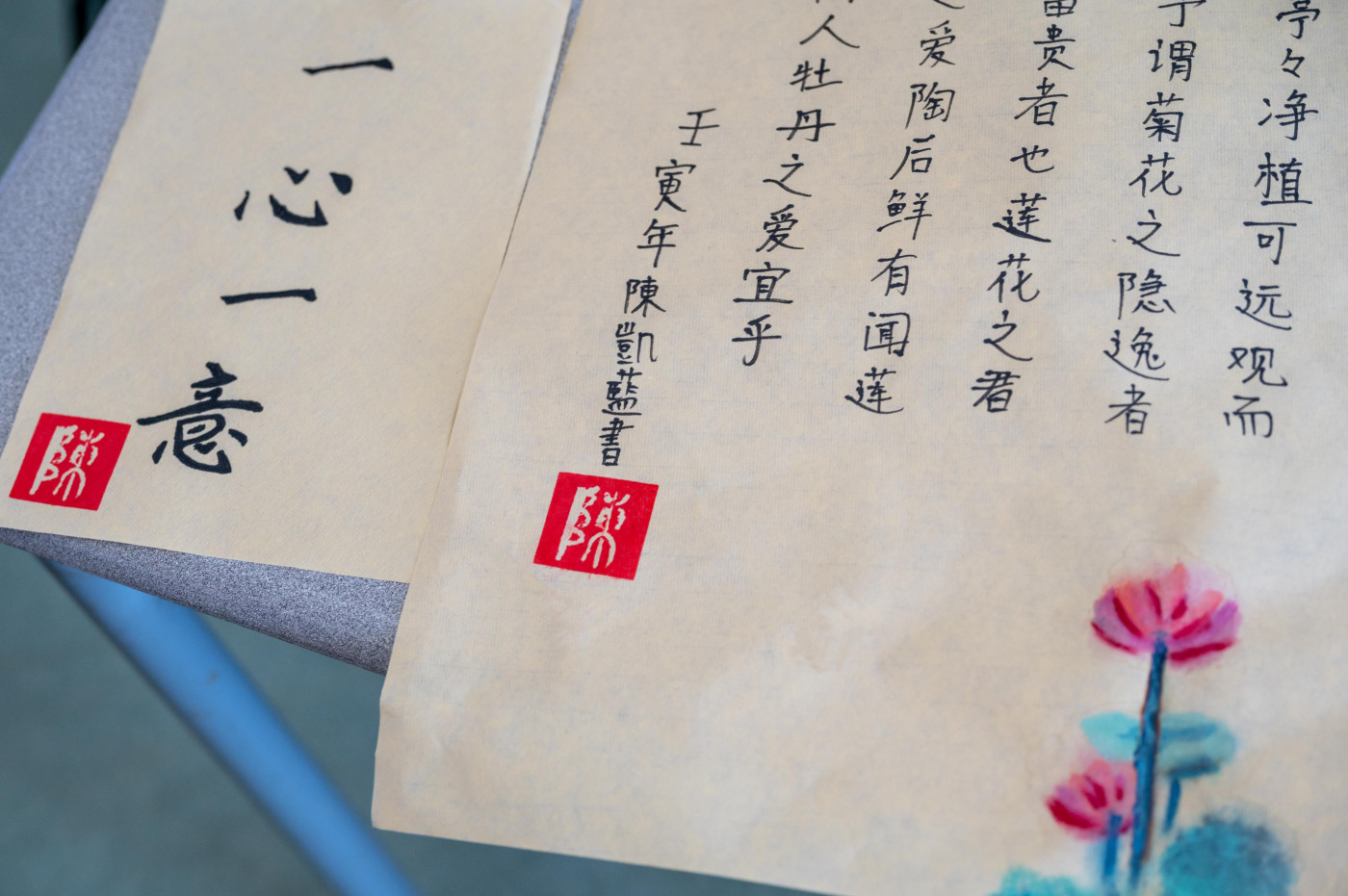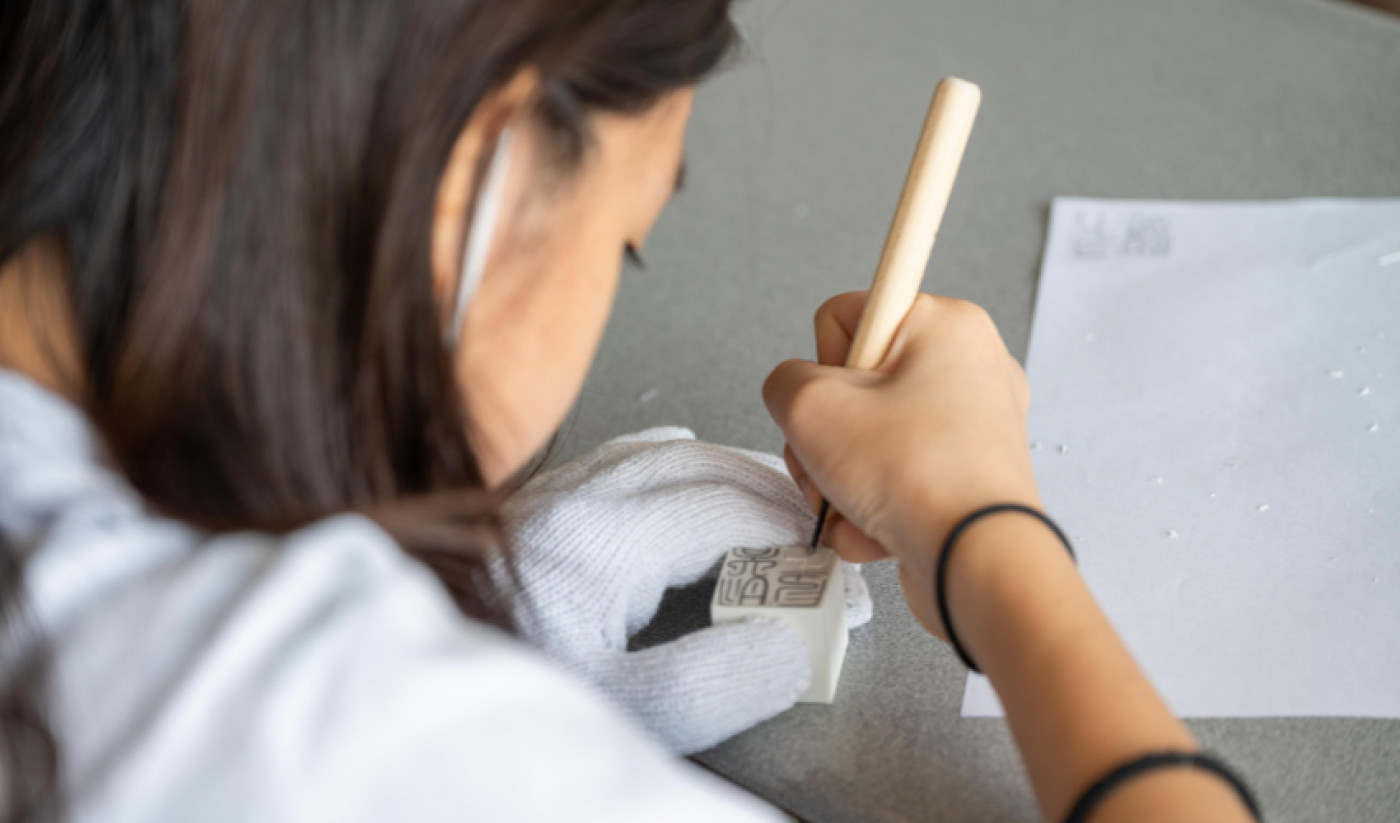
Introducing Culture through Chinese Teaching
Language and culture have a genuine relationship. Language development is also a history of interweaving and integration with culture. As a subject of studying language teaching, Chinese teaching is inevitably permeated with cultural elements. So how do we deal with the relationship between Chinese teaching and Chinese culture teaching? How do we choose the content of cultural teaching? How do we grasp the dissemination of Chinese culture in Chinese teaching? This important topic is currently being explored by the TIS Chinese team.
The relationship between language and culture
The nature of human beings is social. People have created more and more cultures through continuous social practice. With the formation and development of culture, language has also emerged. Language is the spirit of a nation. Through a nation's language, we can ascertain many things. Social outlook, crowd psychology, moral concepts, natural geography, the political system, and the social form of the nation it represents. In an open and advanced community like TIS, students come from many different countries. Our community keeps improving through mutual exchanges, and language is the carrier of this kind of cultural communication and exchange, so culture and language are interdependent and mutually influenced.

Cultural Factors in Chinese Teaching
In terms of the expression system, many cultural factors are closely related to the Han nationality's specific customs, social mentality and cognitive style. For example, respecting each other and being humble is an important feature of Chinese communication habits. This feature comes from the influence of traditional culture and is reflected in communication habits. Emphasis on rank, respect and inferiority are very prominent characteristics of the social mentality of the Han nationality. This is reflected in the emphasis on word order. Furthermore, the perception and cognition of external elements will also be affected by the national way of thinking and cognition influences. For example, let's look at the order of expression. We will find that Chinese word order faithfully reflects the actual time order. Besides this, it also follows the order of cause, followed by the final result and so on.
Although language and culture are entwined, we need to carefully choose the content of culture so it does not overtake language teaching. This requires Chinese teachers to comprehensively understand Chinese culture and choose cultural content closely related to language communication today. For example, the selection of primary school texts includes both Chinese New Year-related and Christmas-related texts. The choices for ancient cultures are also those that have had a more significant impact on today's culture. For example, there are excellent ancient Chinese poems 《鳥鳴澗》,《客至》, ancient Chinese prose 《愛蓮說》,《出師表》and so on.
Cultural Teaching Strategies in Chinese Teaching
Clear teaching objectives
Based on "cultivating language ability" as a kind of language teaching, the primary goal of Chinese teaching is to solve language problems first, focus on cultivating students' Chinese language ability, and improve their ability to understand and use the language through Chinese teaching. Then add the content of Chinese culture.

Selected teaching content
Regarding the curriculum, cultural content should encompass all learners and document the complete Chinese learning process. When teaching, courses on Chinese culture should be added but not to the extent they overshadow language courses. Culture and language should be balanced and complement each other in the teaching process. For example, inspired by "A Thousand Miles of Rivers and Mountains," the TIS kindergarten children began to explore Chinese landscape paintings, feeling the depth of ink on paper. Primary school students made rice dumplings and dragon boats during the Dragon Boat Festival; painted blue and white porcelain plates; and made traditional New Year snacks with clay. Secondary school students have two Chinese Culture Enrichment Weeks (CCEW) per semester. Students make paper, bamboo slips, and engrave seals.

Improve teaching methods
Experiential teaching enables learning through direct experiences. In Chinese language classes, these will include personalized cultural events, cultural lectures and visits, cultural discussions or cultural performances so that students can deeply understand the surrounding world through various experiences. Experiential teaching is an essential strategy for the implementation of culture.

Contrastive teaching, compares two different cultures, and helps to bridge cultural differences by the process of comparison. It can eliminate language barriers by comparing the similarities and differences between Chinese culture and the target language culture as well as helping to gain a deeper understanding of Chinese culture.
Language teaching and cultural edification are closely linked. Students learning Chinese not only master the tool of Chinese language, but also absorb rich Chinese cultural nourishment. When teaching Chinese to students, the rich cultural information contained in Chinese will also enter the teaching classroom consciously or unconsciously. Therefore, the process of Chinese teaching is not only a process of language learning, but also a process of cultural learning.



